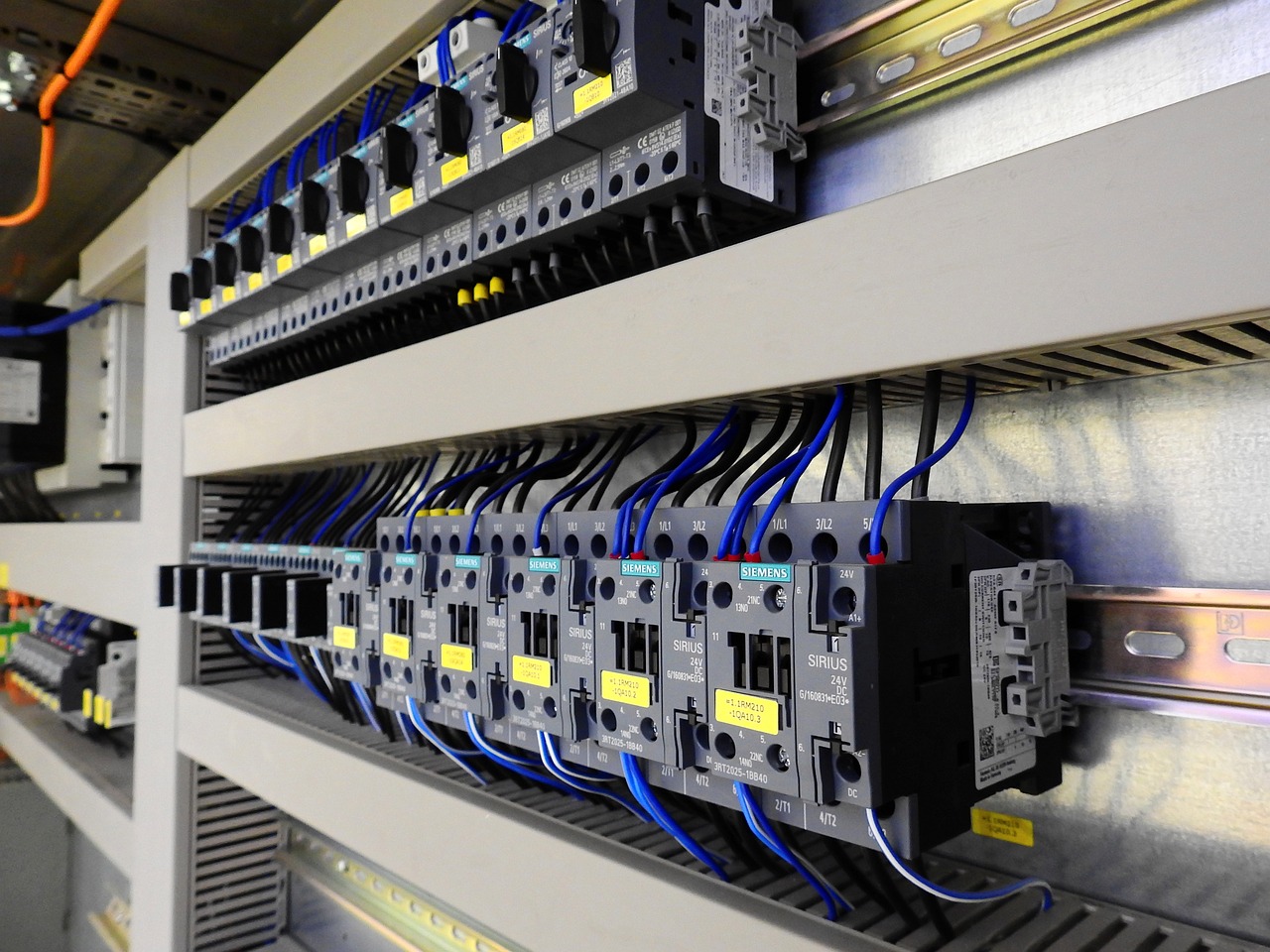No products in the cart.
How to Understand Autoranging in Programmable Power Supplies
In the world of electronics and engineering, precision and control are paramount. Whether you’re developing cutting-edge devices or conducting experiments in a laboratory, having a reliable power supply is crucial. But have you ever wondered about the mysterious term “autoranging” when it comes to programmable power supplies?
It might sound like a complex concept, but fear not, because, in this blog post, we’re going to demystify autoranging and show you how it can be a game-changer in your quest for precision and flexibility in power supply applications. Here’s how to understand autoranging in programmable power supplies.
Learn the Basics of Autoranging
Autoranging is a fundamental concept in programmable power supplies that simplifies the process of providing the correct voltage and current to a connected device or load. Essentially, autoranging enables the power supply to automatically adjust its output parameters to match the requirements of the load or the user’s settings. For instance, a configurable power supply with autoranging capabilities can seamlessly switch between voltage and current modes, ensuring that the connected device receives the precise power it needs without requiring manual adjustments.
It consists of two key components: voltage autoranging and current autoranging. Voltage autoranging allows the power supply to change its output voltage within a predefined range, while current autoranging adjusts the output current while keeping the voltage constant. Understanding these core principles is crucial for effectively utilizing autoranging in your power supply, ensuring optimal performance and safety for your applications.
Explore Voltage Autoranging
Voltage autoranging is a pivotal feature in programmable power supplies that enhances their adaptability. This functionality allows the power supply to automatically select and provide the appropriate voltage output, which is particularly useful when dealing with varying load requirements.
For example, when a configurable power supply has a wide voltage range, it can seamlessly adjust its output voltage to match the specific demands of the connected load, ensuring stable and precise power delivery. This not only simplifies the operation of the power supply but also safeguards connected devices from potential overvoltage issues, making it a valuable asset for diverse applications in research, testing, and electronics development.
Understand Current Autoranging
Current autoranging is a pivotal aspect of programmable power supplies that significantly contributes to their versatility. This feature allows the power supply to automatically adjust its output current while maintaining a constant voltage level, ensuring that the connected device or load receives the exact current it requires. It’s especially valuable when dealing with applications that demand precise and consistent current levels, such as semiconductor testing or electronic component characterization.
Current autoranging simplifies the user’s experience by eliminating the need to manually fine-tune current settings, resulting in improved accuracy, enhanced safety, and reduced risk of damaging sensitive components or devices. This feature enhances the usability of programmable power supplies in various fields of electronics and testing.
Know the Range Specifications
Understanding the range specifications of your programmable power supply is essential for efficient and safe operation. Autoranging power supplies come with predefined voltage and current ranges within which they can automatically adjust their output. These ranges dictate the upper and lower limits of voltage and current that the power supply can provide. Familiarizing yourself with these specifications is crucial to prevent overloading the supply, which can damage both the supply and the connected equipment.
Conversely, setting the ranges too conservatively may lead to underutilization of the power supply’s capabilities. By knowing and appropriately configuring the range specifications, you ensure that the power supply meets the specific needs of your applications and devices, optimizing performance and reliability.
Set Proper Limits
To harness the full potential of your autoranging programmable power supply, it’s imperative to set proper limits for voltage and current output. Setting these limits ensures that the power supply operates within a safe and optimal range, preventing overloading or underutilization of its capabilities. Establishing conservative limits can safeguard your connected devices from potential overcurrent issues.
On the other hand, overly restrictive limits may limit the flexibility and efficiency of the supply. Striking the right balance between safety and performance is vital. Regularly reviewing and adjusting these limits in line with your specific requirements and the capabilities of your power supply is key to successful and reliable operation in various applications.
Benefit from Efficiency and Convenience
Autoranging in programmable power supplies offers a multitude of advantages, enhancing both efficiency and convenience in various applications. This feature streamlines the power delivery process, automatically adjusting the voltage and current output to match the connected load’s requirements. The result is improved operational efficiency, as manual adjustments are no longer needed, saving time and effort, especially in dynamic testing or research scenarios.
Furthermore, autoranging enhances safety by preventing voltage or current overshoots that could damage devices. With this feature, users can work with a wider range of loads, making it an invaluable tool in fields like electronics testing, research, and development, where adaptability and precision are paramount.
Understanding and effectively utilizing autoranging in programmable power supplies is pivotal for modern electronics and testing applications. Whether through voltage or current autoranging, these power supplies offer a remarkable blend of efficiency and convenience, automatically adapting to diverse load requirements. By knowing the range specifications and setting proper limits, users can ensure safe and optimized performance. Autoranging simplifies operations, enhances accuracy, and safeguards equipment, making it an indispensable asset in the pursuit of efficiency and precision across a wide spectrum of fields.






